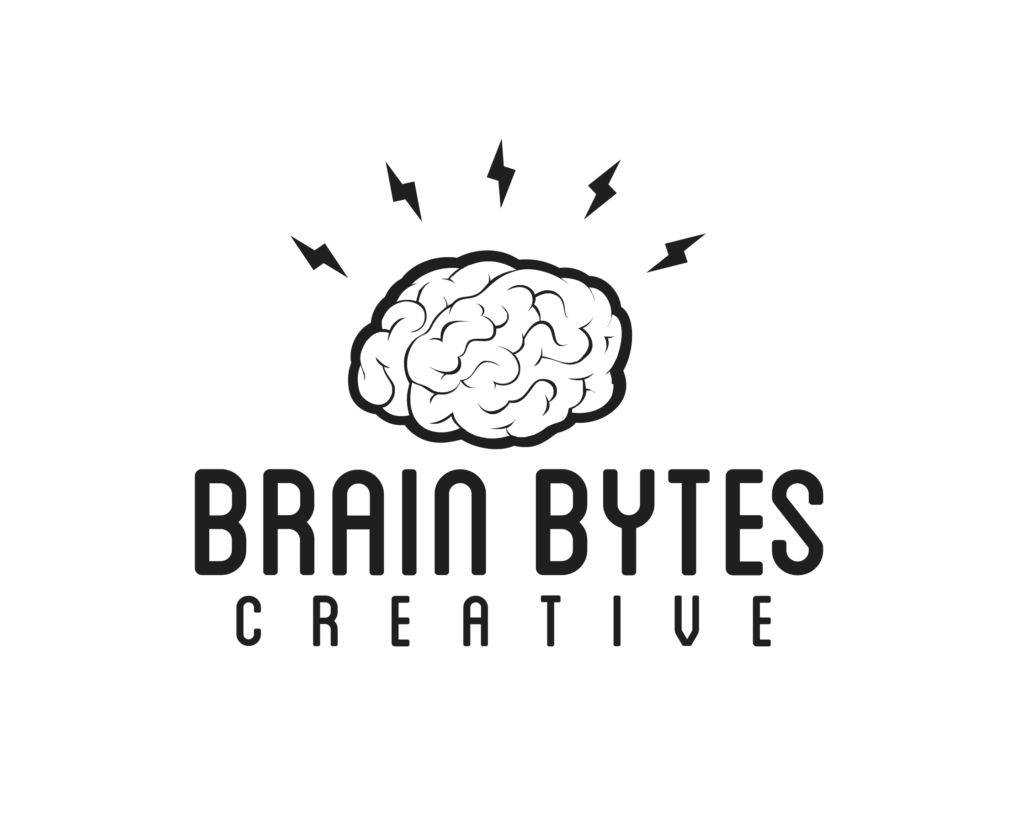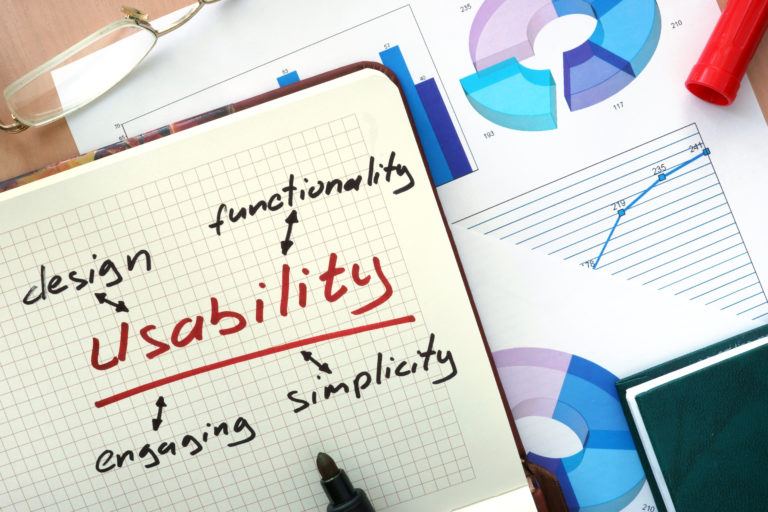How much does a website cost?

If you are asking this question you are likely trying to determine what you will need to budget for a website for your business. You have come to the right place. So how much do your websites cost? Knowing how a great website is created can help give you a better understanding of the cost. […]
Why is UI/UX so important?

Smartly crafted User Interface/User Experience, commonly called UI/UX, is the most important thing for any website or app. If your pages aren’t easily navigable and aesthetically appealing, people won’t stay. Studies show that people decide whether or not they are going to stay on a site within the first few seconds of arriving. You want […]